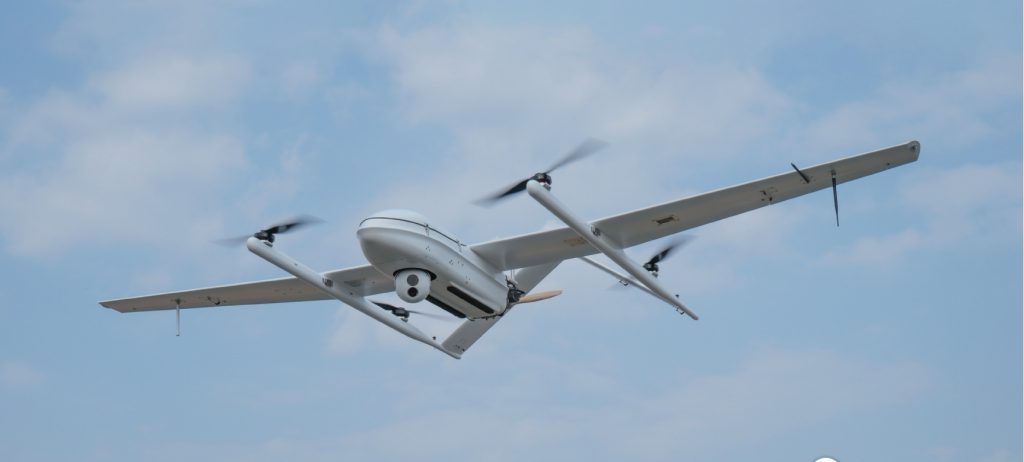A drone is a flying vehicle with no human onboard, also known as a drone or drone.Due to its high degree of mobility and flexibility, the application range of UAVs in various fields continues to expand.
1 agriculture.
The application of drones in agriculture is mainly to conduct aerial inspections of farmland through various sensors and cameras carried by drones, and collect farmland data, such as soil water content, temperature, humidity, and vegetation cover and crop conditions. The data helps farmers understand how their crops are growing and help them decide what steps they should take to increase yields.
Drones can also be used for the collection of medicinal plants. It not only protects wild plants, but also saves human costs.

2. Environmental protection
Drones can be used to monitor environmental pollution. By carrying various sensors and cameras, drones can monitor pollutants in the atmosphere, garbage in the ocean, water levels in reservoirs, and more. These data can provide useful information for environmental managers to take appropriate measures to protect the environment.
Drones can be used to protect wildlife. Equipped with equipment such as cameras and infrared sensors, drones can track the migration and living habits of animals to better protect wildlife and their habitats. In addition, drones can be used to monitor illegal hunting and poaching, helping to protect wildlife resources.

3, the construction field
Drones can be used for monitoring and inspection of buildings. Equipped with equipment such as cameras and lidar, the drone can conduct a comprehensive inspection of the building, including the exterior of the building, the roof, the chimney, the air conditioning pipes, the wiring and so on. This data helps architects and engineers understand the condition of buildings, perform necessary repairs and maintenance, and improve the safety and service life of buildings.
Drones can also be used to measure and model buildings. By carrying equipment such as laser rangefinders, drones can efficiently conduct three-dimensional measurement and modeling of buildings, providing accurate data to support building design and planning.
4, the field of transportation
Drones can be used for traffic monitoring and management. By carrying equipment such as cameras and sensors, drones can monitor traffic congestion and the condition of transportation facilities such as roads, Bridges and tunnels. These data can help traffic management departments develop more effective traffic management strategies to improve traffic efficiency and safety.
Drones can also be used for logistics. Drones can automatically deliver goods through driverless technology. This way can not only improve the efficiency of logistics distribution, but also reduce labor costs and reduce traffic congestion.
5. Medical care
Drones can be used to deliver medical supplies. By carrying unmanned technology, drones can realize the rapid distribution of medical supplies, especially in emergency situations, and can deliver first-aid supplies and medicines to their destinations in the shortest possible time, saving more lives.
Drones can also be used for remote monitoring of medical facilities. These data can help hospital managers to know the hospital status in time and improve the operation efficiency and service quality of the hospital.
6. Security
Drones can be used for public safety and counter-terrorism. By carrying equipment such as cameras and infrared sensors, drones can quickly obtain information about dangerous environments, such as fires, earthquakes, terrorist attacks, and so on, without touching them. These data can help emergency rescue workers to understand the disaster situation in time and improve the efficiency and safety of emergency rescue.
Drones can also be used to monitor safety in public places. For example, drones can be equipped with cameras, sensors and other equipment in large gatherings, sports competitions, important meetings and other activities to monitor the safety of the crowd, quickly discover potential security hazards and risks, and take timely measures to ensure the safety of public places.

In addition, drones can be used for border security and maritime security. Equipped with equipment such as cameras, radar and infrared sensors, drones can carry out all-weather monitoring of border and maritime areas, timely detect security threats such as illegal entry, smuggling and piracy, and protect national security and people's lives and property.
In general, drones have a wide range of application prospects in various fields, which can improve work efficiency, reduce costs, enhance safety, and bring more convenience and welfare to people's production and life.

